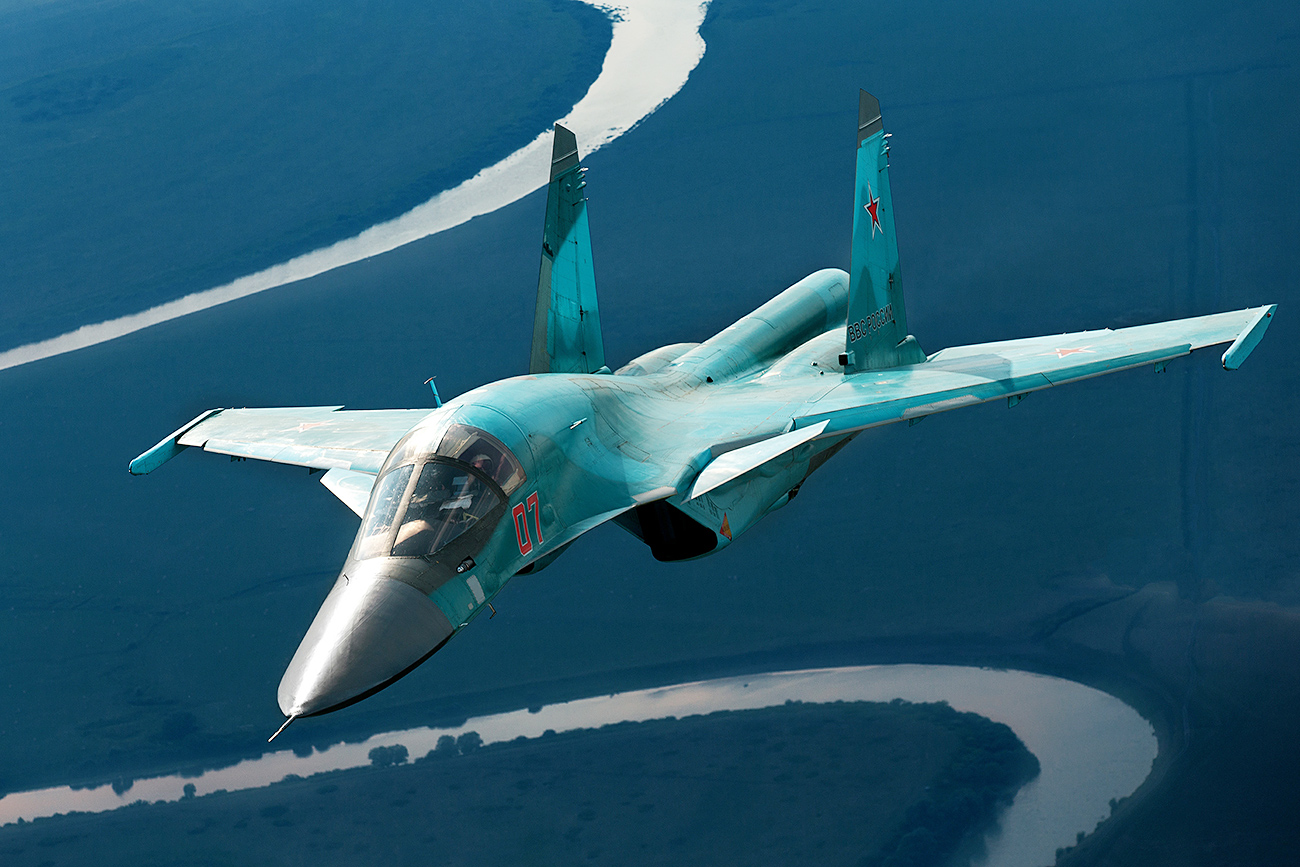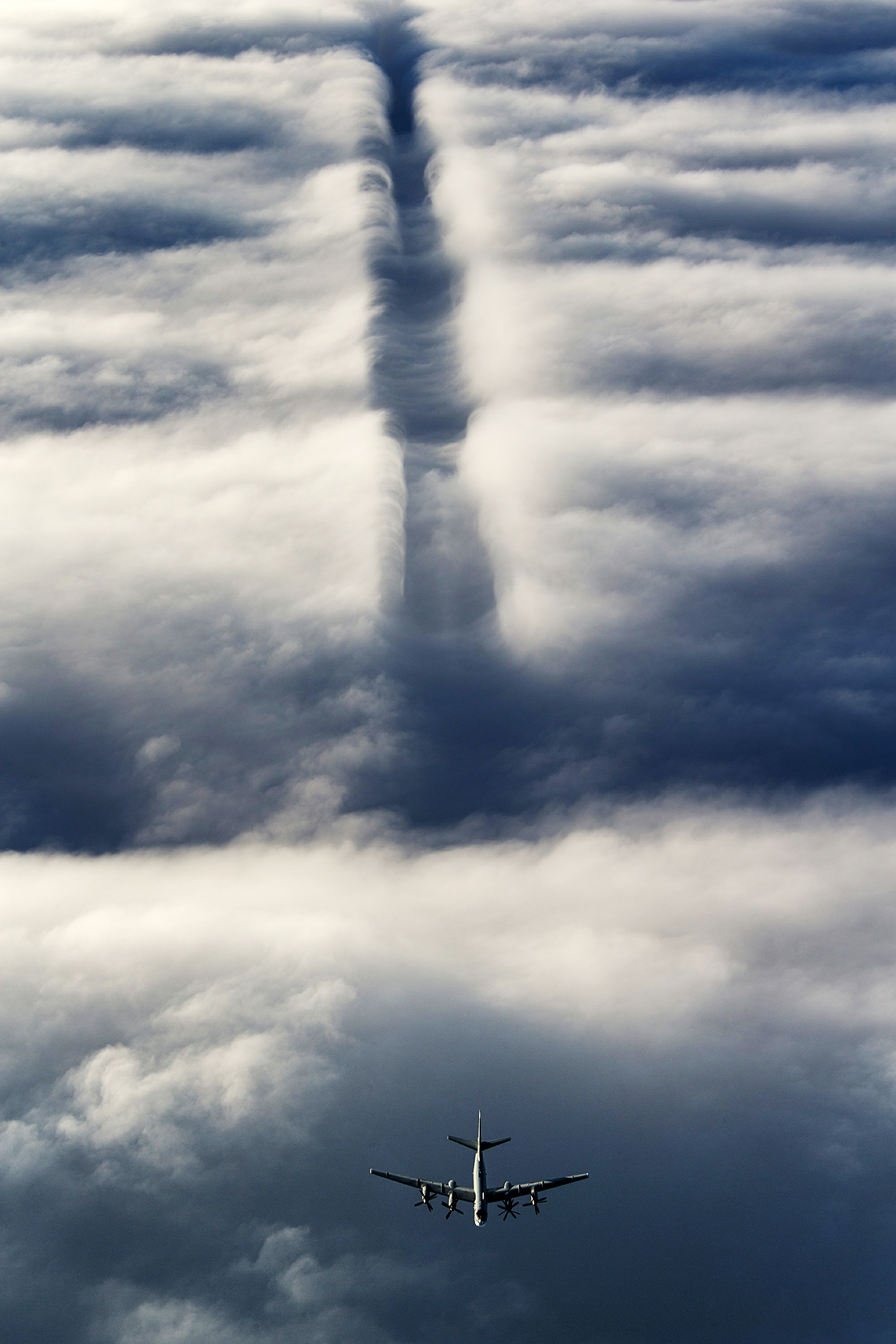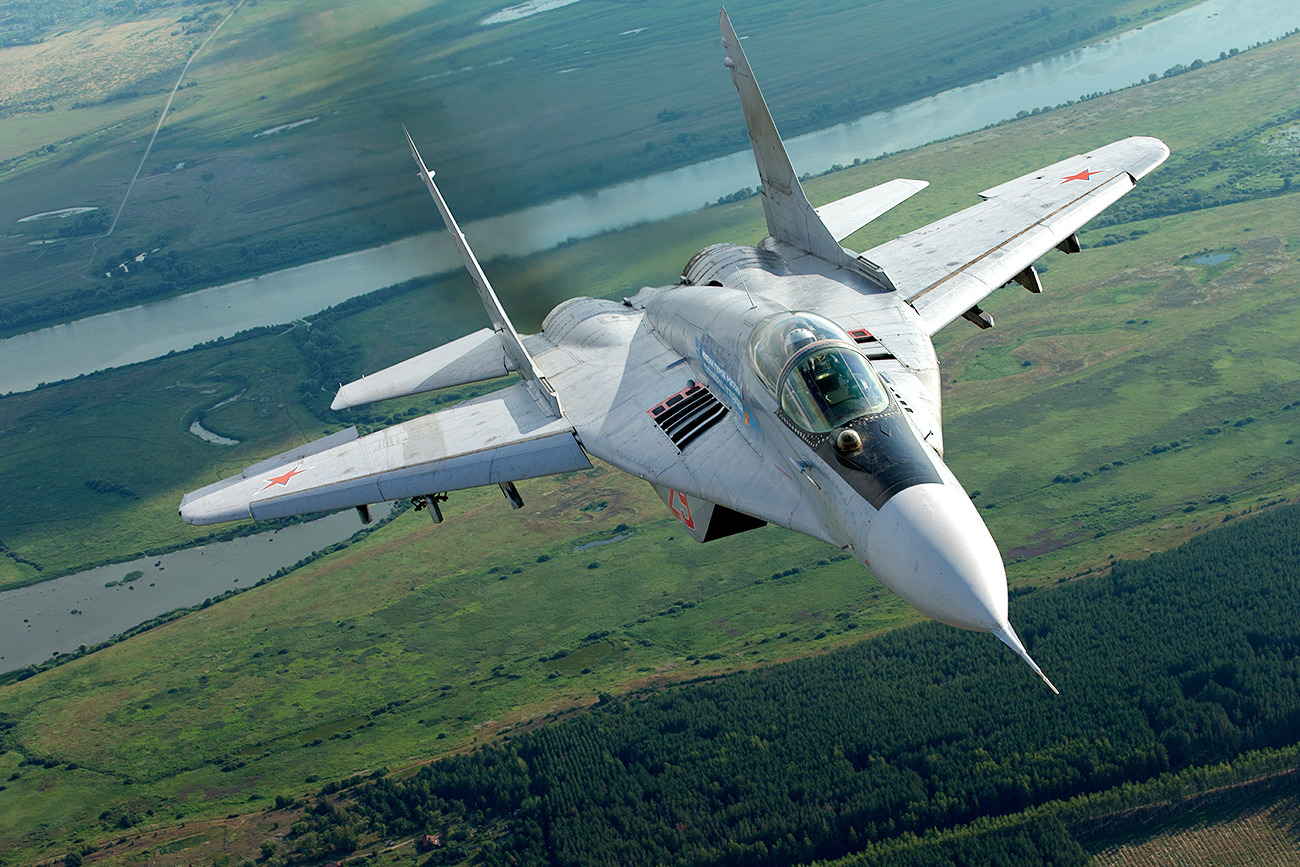How catastrophes influenced the modernization of Russia's army air fleet

In 2016 the Russian Aerospace Forces received 139 units of technology, including 59 fighters: Mig-29SMT, Su-30M2, Su-34 and Su-35S.
Vadim Savitsky/Global Look PressIn the last six years Russia has modernized the technology of more than half of its Aerospace Forces. As of today, 55 percent of all the country’s planes are fresh off the assembly line and by 2020 the percentage will increase to 70, stated Commander of Russia’s Aerospace Forces, Colonel General Viktor Bondarev.
"Ninety percent of American planes were bought in the 1980s. In the last few years the U.S. put into service only the fifth-generation F-22s and F-35s, while all the other technology was sent for repair and modernization," said Alexei Ramm, a military analyst from the Izvestia newspaper.
Ramm adds that, unlike the U.S., there was a time when Russia did not supply its army with new technology and old planes just rusted in hangars. "Today's indicators are just the results of a radical decision made in 2010 to fully rearm the Russian Army."
This means that by 2020, within the framework of the Army Rearmament Program, Russia’s Aerospace Forces will receive more than 600 modern planes, including fifth-generation fighters, as well as more than 1,000 helicopters.
The air fleet receives an average of 150 planes and helicopters annually. In 2016 the Russian Aerospace Forces received 139 units of technology, including 59 fighters:
- Mig-29SMT,
- Su-30M2,
- Su-30SM,
- Su-34,
- Su-35S.
Two strategic bombers, the Tu-160 and Tu-95, were the icing on the cake.
 Tupolev Tu-95MS four-engine turboprop-powered strategic bomber and missile platform. / Photo: Vadim Savitsky/Global Look Press
Tupolev Tu-95MS four-engine turboprop-powered strategic bomber and missile platform. / Photo: Vadim Savitsky/Global Look Press
Military-civil aviation
On Dec. 25, 2016, in the Black Sea, a Tu-154 military plane crashed 70 seconds after taking off, killing all 92 people on board.
This tragedy was the most deadly air catastrophe of 2016 and as a result Russia’s Defense Ministry is now considering replacing all the aged Tu-154 planes with modern machines, explained Pavel Burat, director of the Mechanics and Energy Systems international laboratory at the University of Information Technologies.
"Russia plans to replace the 30 to 40-year-old machines with the mid-range An-148 planes. But the problem is that it will need to buy about 50 planes and the price of each An-148 is about $30 million. To do this the budget will have to be reviewed and the plans to purchase aviation technology will have to be corrected. That is why the Defense Ministry will not be able to solve this problem in the near future," said Burat.
In his view, there is an alternative: Replace the 40-year-old Tu-154s with equivalent planes from the 1990s, which fly short distances and which are currently collecting dust in airline hangars.
"These machines cost peanuts today – about $500,000 a plane. They could temporarily solve the problem of military-civilian air transportation while the military is searching for money for new expensive machines," added Burat.
In his words, if plans do not change, in the upcoming years the An-48s and the Il-112 turboprops, which are now undergoing final testing, will make up the nucleus of the mid-range Defense Ministry planes. The Tu-204s and Tu-214s will be used for long-distance flights.
Financing
In the last several years there has been a series of changes in the rearmament program. The volume of financing has remained the same, but purchases of certain technologies have been postponed.
"Six years ago the Russian Defense Ministry invested 7.5 trillion rubles (about $127 billion) in the modernization of the air fleet by 2022 and even planned to buy about 50 T-50 fifth-generation fighters by that date," said director of the Center for Strategy and Technology Analysis Ruslan Pukhov. However, in his words, the crisis, the sanctions, and the economic recession have pushed back both the emergence of the new planes and their quantity.
Besides the changes in the deadlines for producing the technology, the Defense Ministry decided to buy only 12 T-50 fighters, remarked Pukhov. The supplies of the fifth-generation planes may become a part of the next state armament development program for the 2018 to 2025 period.
Sanctions and import substitution
In 2014, after Crimea joined Russia, economic and industrial sanctions were introduced against Russia, in particular against its military sector. Consequently, Moscow was forced to tear up commercial agreements with a series of foreign enterprises.
For Russia's aviation industry the absence of Western, and primarily Ukrainian, components meant the loss of engines for military-transport planes, the loss of technological supplies, and the loss of an electronic component base for several aviation models.
Consequently, the government was forced to immediately develop an import substitution program – the creation of a full production cycle for producing export components and parts in Russian plants. About 50 billion rubles ($842 million) were allotted from the budget for this purpose.
 Mikoyan MiG-29. / Photo: Vadim Savitsky/Global Look Press
Mikoyan MiG-29. / Photo: Vadim Savitsky/Global Look Press
According to editor-in-chief of Natsionalnaya Oborona magazine, Igor Korotchenko, the first results appeared just a year after the program was launched.
"Our enterprises have already mastered the production chain for engine parts for the YaK-130 military-training planes and developed the new targeting system for the Su-27SM3, Su-30SM, and Su-35S planes, which helped replace the Ukrainian Sura systems," noted Korotchenko.
In the words of Vice Prime Minister Dmitri Rogozin, Russia will be able to fully produce equivalents of the Ukrainian components in 2018 and the Western components in 2021.
However, experts believe that the dates are overly ambitious and that Russia will be able to produce separate parts and navigation systems only by the middle of the 2020s.
Read more: The Russian Navy unleashes its most powerful and expensive attack sub
If using any of Russia Beyond's content, partly or in full, always provide an active hyperlink to the original material.
Subscribe
to our newsletter!
Get the week's best stories straight to your inbox